DISCLAIMER: I do not intend this post to be any sort of medical advice. Do NOT pick and use wild plants unless you have verified their safety with a reliable source.
Recently, a friend expressed his skepticism about herbal medicine. “I just don’t know,” he said. “It all seems like snake oil to me.”
“But many of our prescription drugs are derivatives of plants,” I countered. “Chemists have isolated active components of plants to create aspirin from willow bark, menthol from peppermint, and morphine from the opium poppy.”
“But there seems to be a lot of junk out there that doesn’t actually work.”
“I won’t disagree with that,” I said, “but let me tell you about the Commission E monographs…”
Okay. Before I get into the Commission E monographs, let me make a couple things clear: I GET the skepticism of people who have grown up taking prescription drugs and nothing else. Healthy skepticism is great. And prescription drugs are not inherently bad. I’ve used my fair share of pills and ointments to combat strep throat, food poisoning, digestive ailments, insect bites, and recently a fungal infection I picked up from the St. Croix River (Yeah. That was not fun.).
Prescription drugs save lives, but they’re not the only way. Sometimes, they’re not even the best way. Prescription meds can be harsh, addictive, and expensive. That’s not to say all herbs are safe and wonderful (they’re not), but there are a ton of great options out there worth exploring. Which brings me to the Commission E monographs…
Commission E is Germany’s equivalent to the United State’s FDA. It regulates food and drugs, making sure they are safe and effective for over-the-counter (OTC) use. Unlike the FDA, however, Commission E decided to test the safety and efficacy of commonly used herbs and herbal combinations. Many conjecture that the FDA has not performed a similar study because there is no financial incentive to do so (and pharmacy lobbyists in the U.S. are quite powerful).
After years of performing rigorous scientific tests on over 300 different herbs, Commission E published its “monographs” in 1998, a report which provides a list of herbs they found to be safe and effective, and those that were either harmful and/or ineffective. The American Botanical Council has translated the report and has an excellent catalogue of the findings HERE.
About 200 herbs were found to have healing properties. These herbs act as diuretics, antiseptics, blood-thinners, digestion aids, and much more.
Germany's Commission E found over 200 medicinal herbs in their study to be safe and effective. Click To TweetNOTE: The physicians, pharmacists, and other healthcare professionals who conducted the study were careful to note which parts of the plant were effective. This is important because some plants can be both effective in healing and poisonous. For example, rhubarb’s roots contain dihydroxy-anthracene derivatives, which have a laxative effect, but its leaves are poisonous.
Let me repeat, BE CAREFUL WHEN HARVESTING WILD PLANTS. Yes, I am yelling. I don’t want anyone accidentally ingesting belladonna or white snakeroot (the plant which killed Abraham Lincoln’s mother). Find a reliable herbal guide (either a book or a trusted expert) before you harvest your plants. You might also consider referring to Commission E’s list of approved herbs. It’s pretty interesting.
So, which plants do you have in your neighborhood that might be used for medicinal purposes?
Here are some you may find in the northern U.S. or Canada. All this information is taken straight from the American Botanical Council’s translation of the Commission E monographs, but it is also reinforced in Michael Castleman’s book, The New Healing Herbs.
Learn how to prepare each herb (and MUCH more) by clicking on the link.
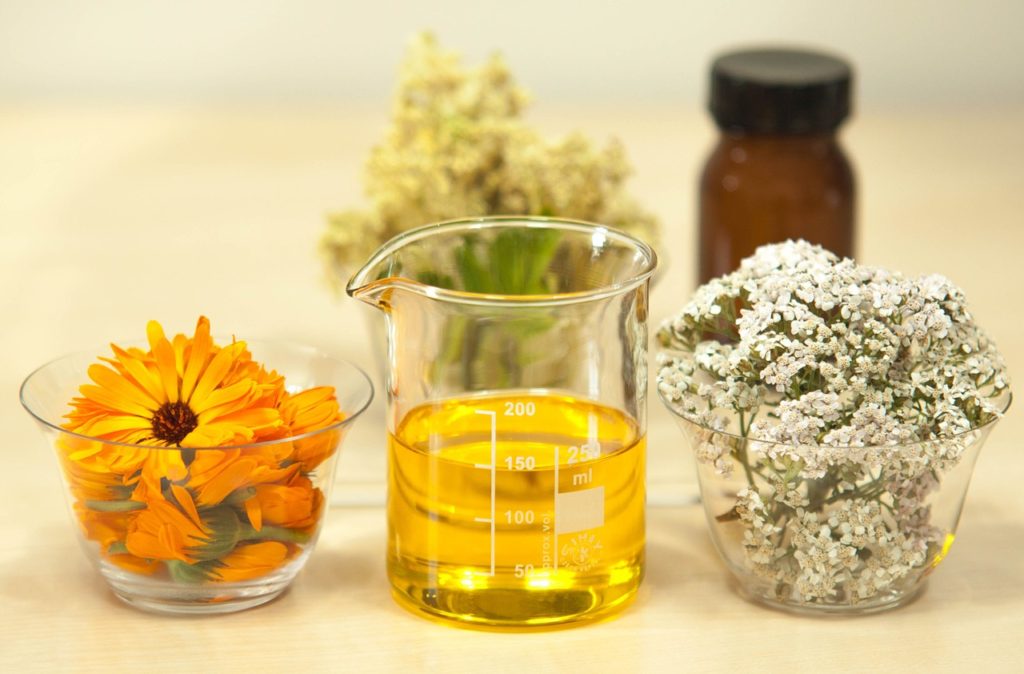
Headaches:
Use: Diseases accompanied by fever, rheumatic ailments, headaches.
Actions: Antipyretic, Antiphlogistic, Analgesic
Lady Ailments:
Uses: Premenstrual discomfort, dysmenorrhea or climacteric [menopausal] neurovegetative ailments.
Actions: Estrogen-like action, Luteinizing hormone suppression, Binding to estrogen receptors
Uses:
Internal: Loss of appetite, dyspeptic ailments, such as mild, spastic discomforts of the gastrointestinal tract.
External (bath): Painful, cramp-like conditions in lower part of female pelvis
Actions: Choleretic, Antibacterial, Astringent, Antispasmodic
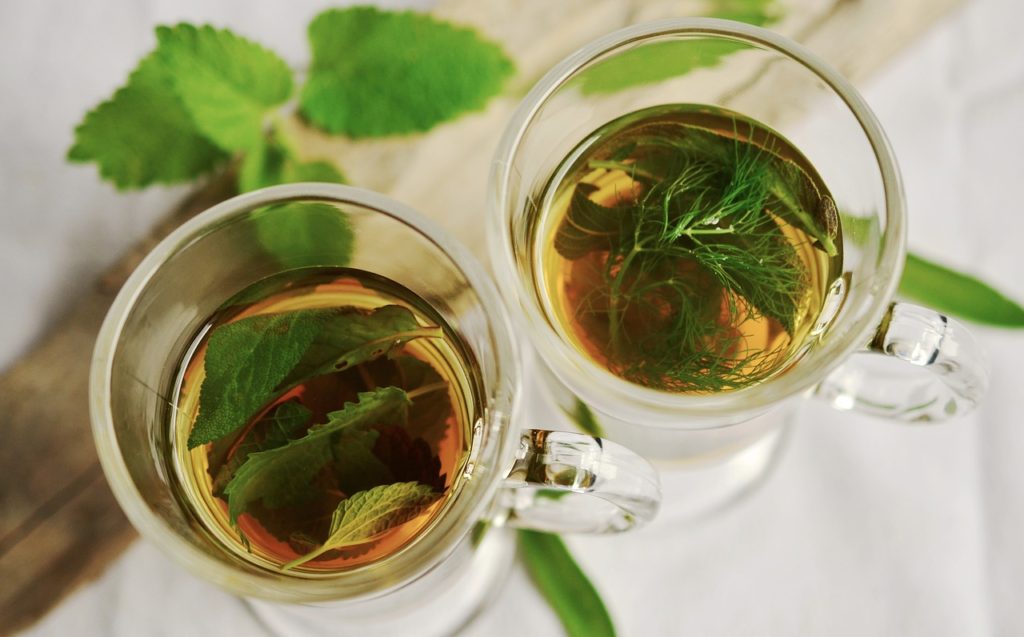
GI Ailments:
Uses:
Nonspecific, acute diarrhea.
Local therapy of mild inflammation of the mucous membranes of mouth and throat.
Actions: Astringent
Uses: Disturbances in bile flow, stimulation of diuresis, loss of appetite, and dyspepsia
Actions: Choleretic, Diuretic, Appetite-stimulating
Uses: Spastic complaints of the gastrointestinal tract as well as gall bladder and bile ducts.
Actions: Direct antispasmodic action on the smooth muscle of the digestive tract, Choleretic, Carminative
Side Note: Buckthorn can be used as a laxative (if you live in MN, you may know there are TONS of it around), but its page came with so many warnings that I thought I’d better leave it off the official list.
Inflammation:
Uses:
External: Inflammatory skin diseases.
Internal: Nonspecific, acute diarrhea, and local treatment of mild inflammation of the oral cavity and pharyngeal region, as well as genital and anal area.
Actions: Astringent, Virustatic
Uses:
External: Inflammations of the mucous membranes of nose and throat.
Internal: Dyspeptic symptoms, excessive perspiration.
Actions: Antibacterial, Fungistatic, Virustatic, Astringent, Secretion-promoting, Perspiration-inhibiting
Respiratory Issues:
Uses:
Internal/External: For catarrhal illness of the upper and lower respiratory tract.
External: For rheumatic and neuralgic pains.
Actions: Secretolytic, Hyperemic, Mild antiseptic
Internal:
Supportive therapy for colds and chronic infections of the respiratory tract and lower urinary tract.
External use:
Poorly healing wounds and chronic ulcerations.
Actions: In human and/or animal experiments, Echinacea preparations given internally or parenterally have produced immune effects. Among others, the number of white blood cells and spleen cells is increased, the capacity for phagocytosis by human granulocytes is activated, and the body temperature is elevated.
Skin Issues:
Uses: Superficial skin injuries, external hemorrhoids, frostbite and sunburn.
Actions: Antibacterial, Stimulates wound healing
Urinary Tract Complaints:
Uses: As irrigation therapy for inflammatory diseases of the lower urinary tract, urinary calculi and kidney gravel, as prophylaxis for urinary calculi and kidney gravel.
Actions: Diuretic, Mildly antispasmodic, Antiphlogistic
Uses:
Internal/external: As supportive therapy for rheumatic ailments.
Internal: As irrigation therapy for bacterial and inflammatory diseases of the urinary tract and for treatment of kidney gravel; supportive therapy for rheumatic ailments.
Actions: Diuretic
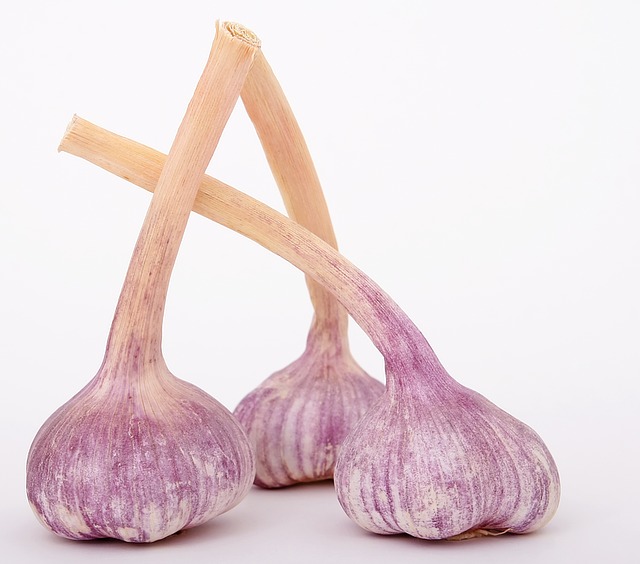
General Health/Immunity:
Uses:
Supportive to dietary measures at elevated levels of lipids in blood.
Preventative measures for age-dependent vascular changes.
Actions: Antibacterial, Antimycotic, Lipid-lowering, Inhibition of platelet aggregation, Prolongation of bleeding and clotting time, Enhancement of fibrinolytic activity
Herbs can be powerful healers. Or dangerous. Or do nothing at all. Fortunately, science has come a long way since the days when our ancestors learned about medicinal herbs through trial and error. There’s no need to guess which herbs work and which do not. We can study their properties, run lab tests, and figure out what works without having to, say, rub random leaves on our skin or pop a handful of red berries into our mouths to see what happens.
How will you incorporate your newfound herbal knowledge? As I’ve emphasized, BE CAREFUL, and have fun learning about your backyard apothecary.
Author: KateBitters
Kate Bitters is a Minneapolis-based author and freelance writer. She is the author of Elmer Left, Ten Thousand Lines, and He Found Me. One of her proudest/nerdiest moments was when Neil Gaiman read one of her short stories on stage at the Fitzgerald Theater.
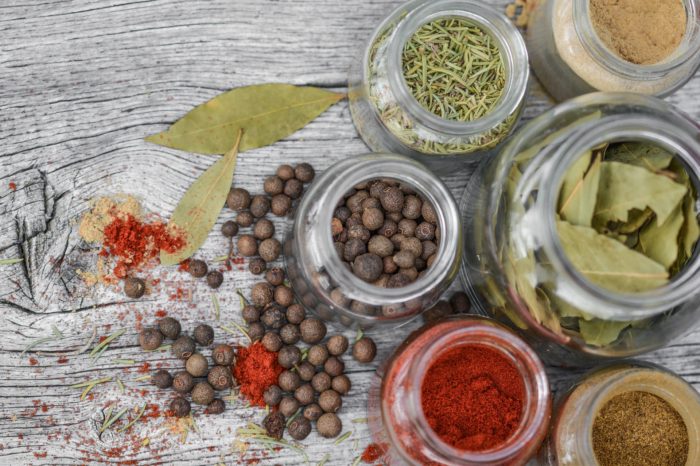
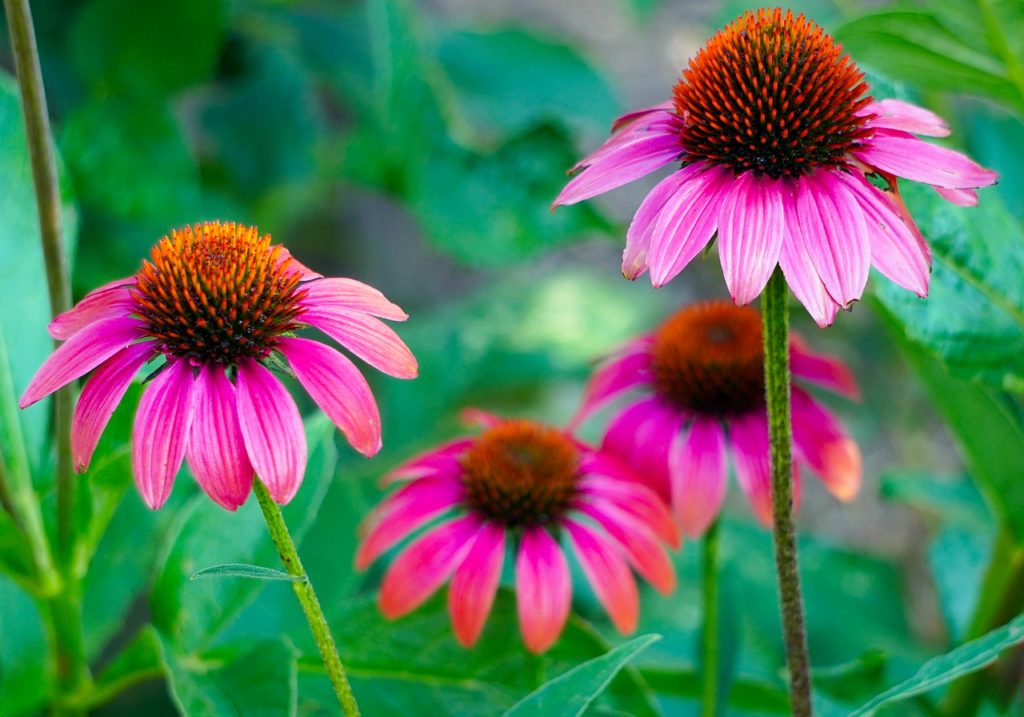
I blog quite often and I genuinely thank you for your information. This article has really peaked my interest. I’m going to bookmark your blog and keep checking for new information about once a week. I subscribed to your RSS feed as well.